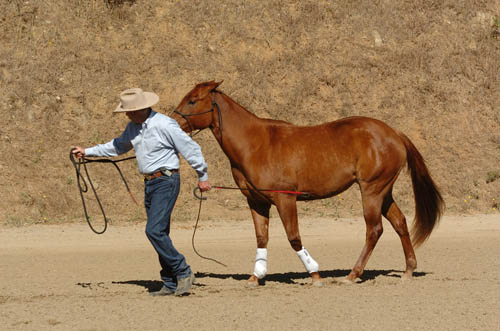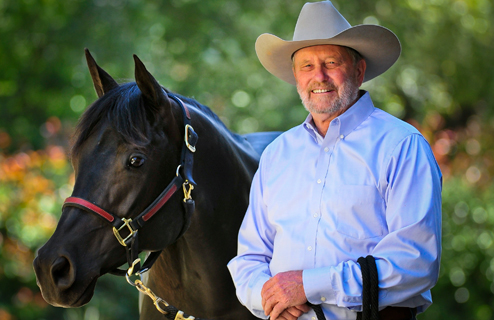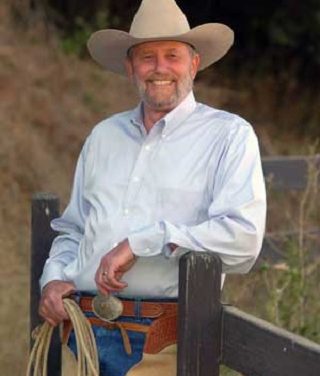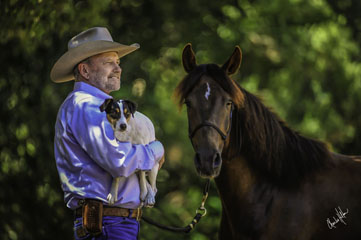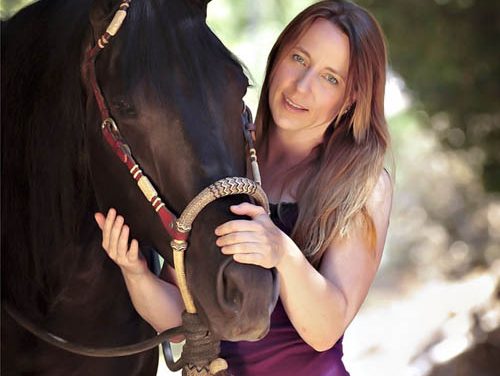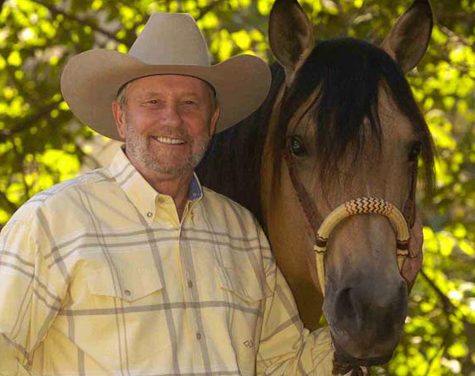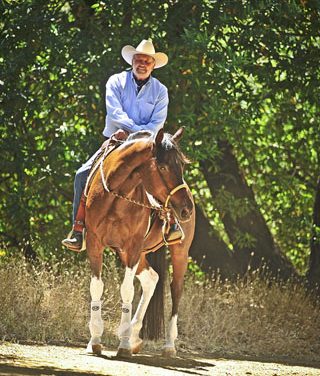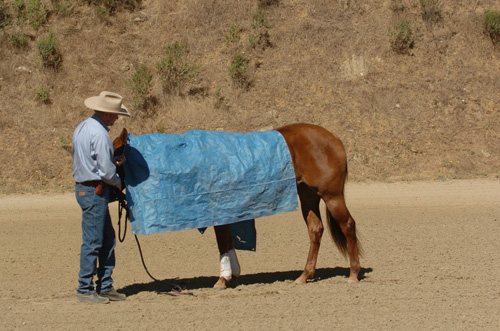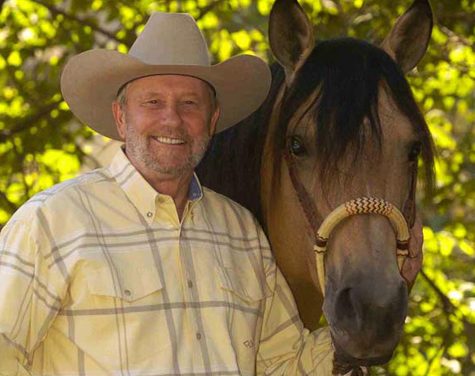Leading Your Horse Properly
Many trainers lead with the horse behind but I like to lead with the horse beside me. I do this simply because I believe it is a matter of safety. As with so many aspects of horsemanship, there are two philosophies about the right way to lead a horse. First, the philosophy of leading with the horse behind is based on the principle that if you are going to be the leader, you need to lead.
Read More
